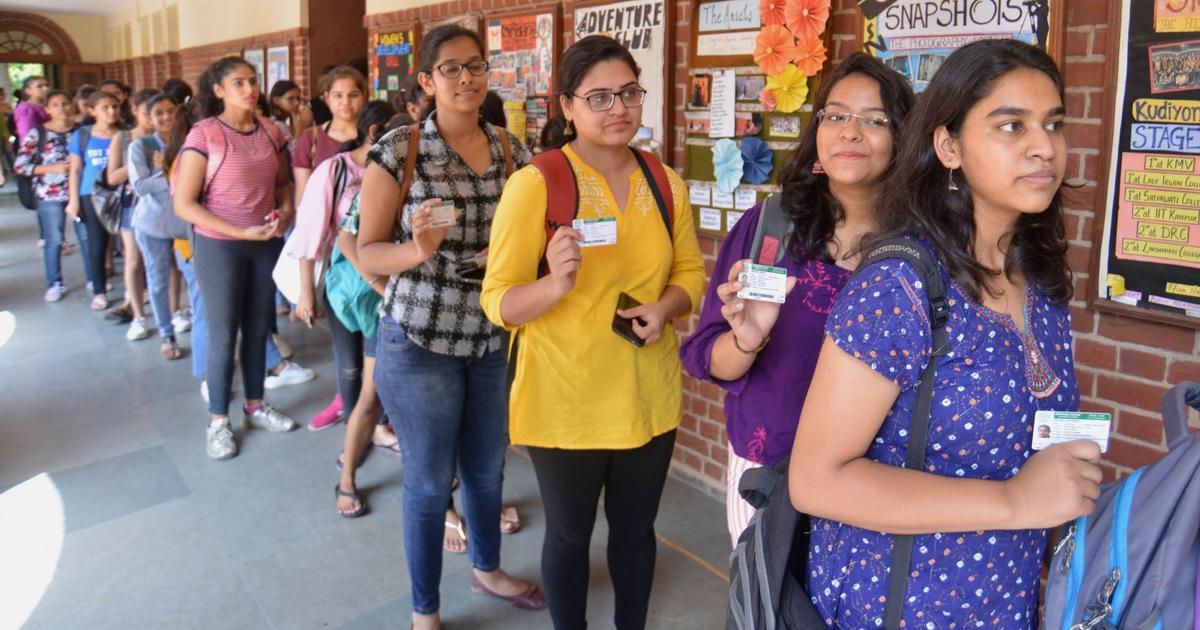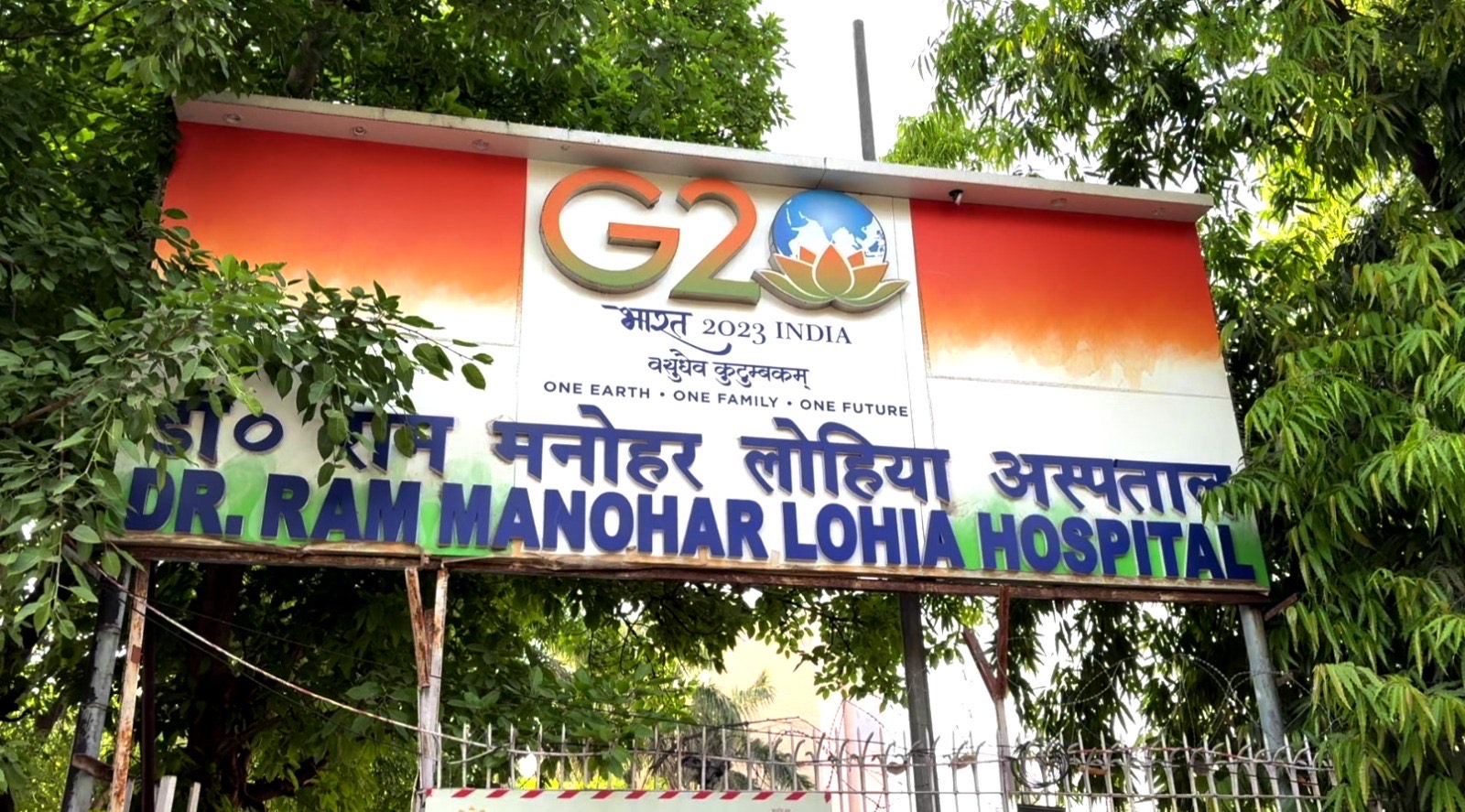This year, admissions at Delhi University, one of the top universities in India have seen the biggest drop in the number of enrollments after the CUET was put forth in July last year while many were opposing it and demanding its rollback. The educationists and students are not happy about the lowering of figures for admissions this year as it has built pressure on the minds and burdened the students who are concerned about the future and fewer opportunities they are offered by the government.
Implementation of the Central University Entrance Test (CUET) in various central universities of India for undergraduate programmes (UG) from the session 2022-2023, the total number of students admitted to Delhi University has dropped by a quarter this year, with the strength of girls’ enrollment taking the biggest hit. The educationists and students say that it is a way of depriving students of the fundamental right to education who come from economically underprivileged backgrounds while the students claim misinformation and lack of instructions are reasons for it.
According to data accessed by The Sunday Express, stated DU’s enrollment numbers have hit a five-year low from 73,374 students in 2018-2019 to 64,915 in 2022-2023 while the enrolment figures of girls in UG programmes dropped by almost 38 per cent in 2022-2023.
In addition, this year, there were roughly 70,000 undergraduate seats on offer and the drop in admission is even sharper as compared to the previous year. The enrollment number was around 22,283 showing a dip of 25 per cent this year.

The data also revealed that a bulk decrease in the admission of girls is because only fewer girls seek admission to DU in UG programmes this year. The enrollment of girls in UG programmes dropped by 37.75 per cent this year from 54,818 in 2021 to 34,120 in 2022-2023 while the enrollment of boys witnessed only a marginal drop of 1,585 from 32,380 in 2021 to 30,795 this year. Overall, this year, girls made up 52.5 per cent of the total undergraduate student strength at DU as opposed to 62.87 per cent in 2021-22. As a result, the proportion of male students increased from 37.13 pc in 21-22 to 47.44 pc this session.
The 2022-23 academic session was the first time that central universities switched to CUET from the earlier system of using Class 12 board exam marks for admission to undergraduate programmes. Of the 9.68 million students who appeared for the CUET exams in 2022, there were 29 million girls and 5.38 million boys across India.
The educationists are not in favour of CUET as they are saying it is a way of depriving the underprivileged of accessing education and giving a way to the students who can afford bulk of amounts to the coaching centres and universities for taking admissions.
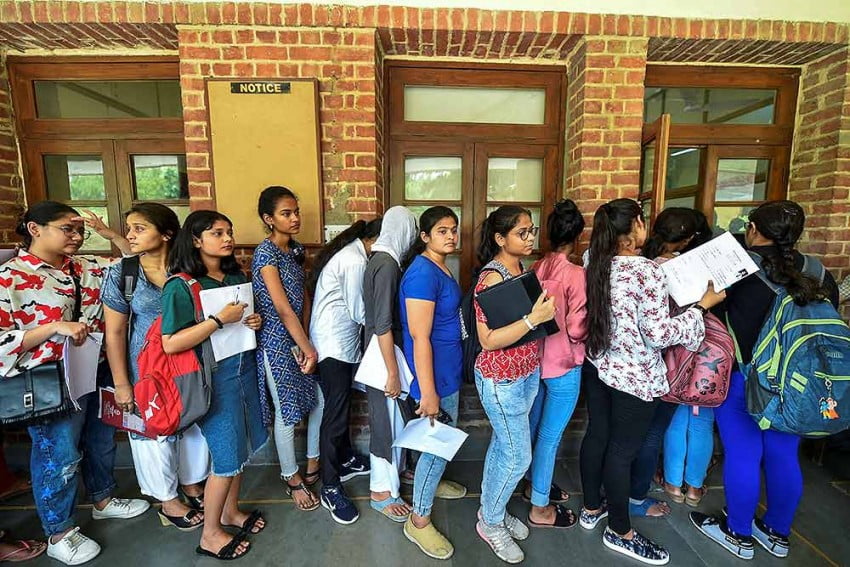
“Last year is a prime instance of the catastrophe that CUET had spelt upon the lives of thousands of students. The implementation of the CUET was done as a part of the NEP 2020, which is nothing but a blueprint for the privatisation and commercialisation of the education system. Just after the lockdown, when students were struggling to cope with change in the academic pattern, CUET added to their burden. The CUET admission process in itself was so confusing, that many students misfiled their application forms, which eventually led to the cancellation of their admission. For those who had managed to fill the forms correctly, the question paper pattern was not comprehensible for many,” Sharda Dixit, a retired school principal tells.
Dixit further says, “The problem was especially observed amongst students coming from financially weaker backgrounds, the ones who were not able to avail the pricey coaching and the preparation guidebooks. This led to the exclusion of these students from the race and crushed their dreams underfoot. The CUET is a device to deprive students of their basic right to education“.
Due to CUET, the enrollment of girls in UG programmes in DU has seen a decline. The educationist, Naresh Misra says to FII, “The CUET in itself is a problem as it was implemented without any proper infrastructure which created confusion among the students and raised questions over the policy. As the enrollment of girls at the University has lowered, it can be a tough challenge for them in achieving goals and it can become a hurdle in their path. The girls already are in a constant struggle against the existing notions of the patriarchal society amidst all the confusion created by CUET; many took admission in open courses or did away with their dreams to make it to their dream course or college. All these resulted in low enrollment,” Misra adds.
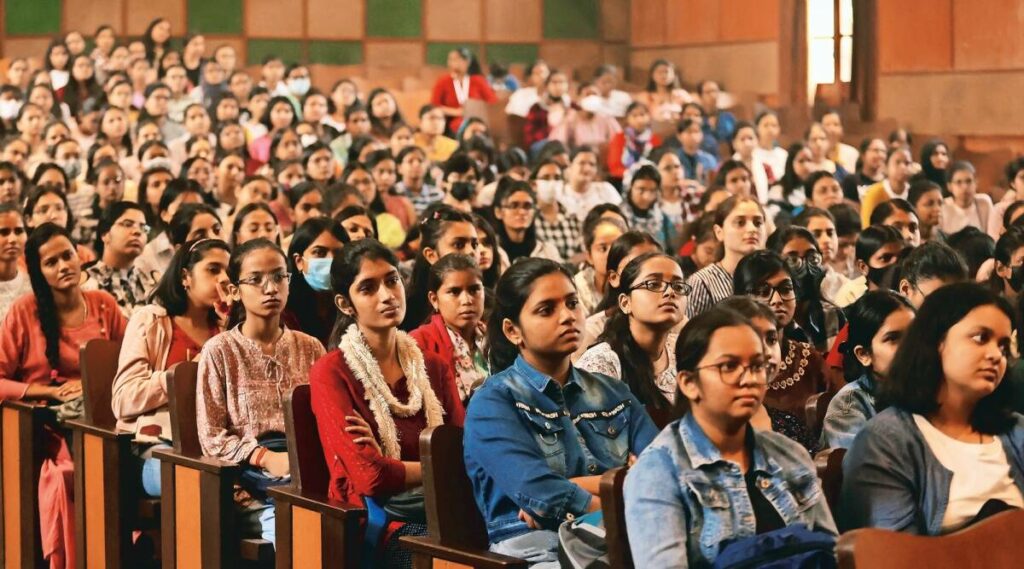
“Moreover, if we will scan the entire admission process, there are many opaque spots in it, and the process is not all transparent for the common students. We had seen that spot rounds of admissions were started which are not needed at all,” Misra adds.
Many stakeholders claim that it is another way to gain monetary benefits from the students and fill the pockets of the richer bunch. The students claim that misinformation and lack of proper instructions regarding CUET is the reason for lowered enrollment in the university.
Also Read: How LSR and Other Women’s Colleges Limit Their Students
Monali Rao, a 21-year-old student at Jesus Merry College says, “The percentage of admission in CUET was lowered because a very harsh marking scale was designed for scoring. The conversion of marks into a normalised score instead of the actual marks significantly reduced the marks of students. Even the students who had scored really well got a score much below their expectations because of this normalised scale“.
“For the filling of university forms, there was no proper guidance about how one should go about making their choices and therefore a large section of students either got no college or a college which was much less than they deserved and the disappointment level was very high in students. Eventually, many students joined other universities or were left devastated,” Rao tells.
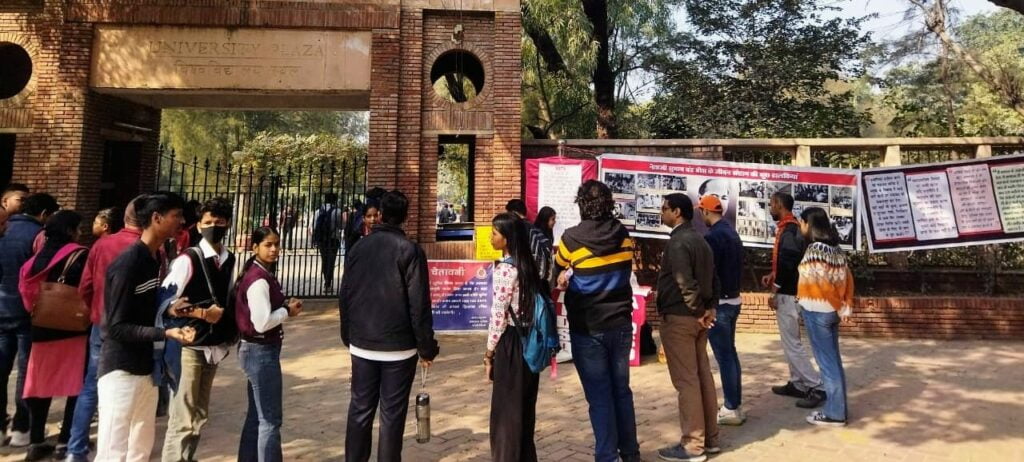
Rao further mentions to FII, “It really affected the mental health of students and stressed them. It is somewhat a way to cut admissions by the government due to the low opportunities in the future and burden the students so much that they are unable to perform to their potential. The government may conduct an examination that has open-ended questions and assess the abilities of the student instead of devising a crude method. The government should inform the students well in advance about the blueprint of the system and the guidelines on how to fill forms, Etc.”
